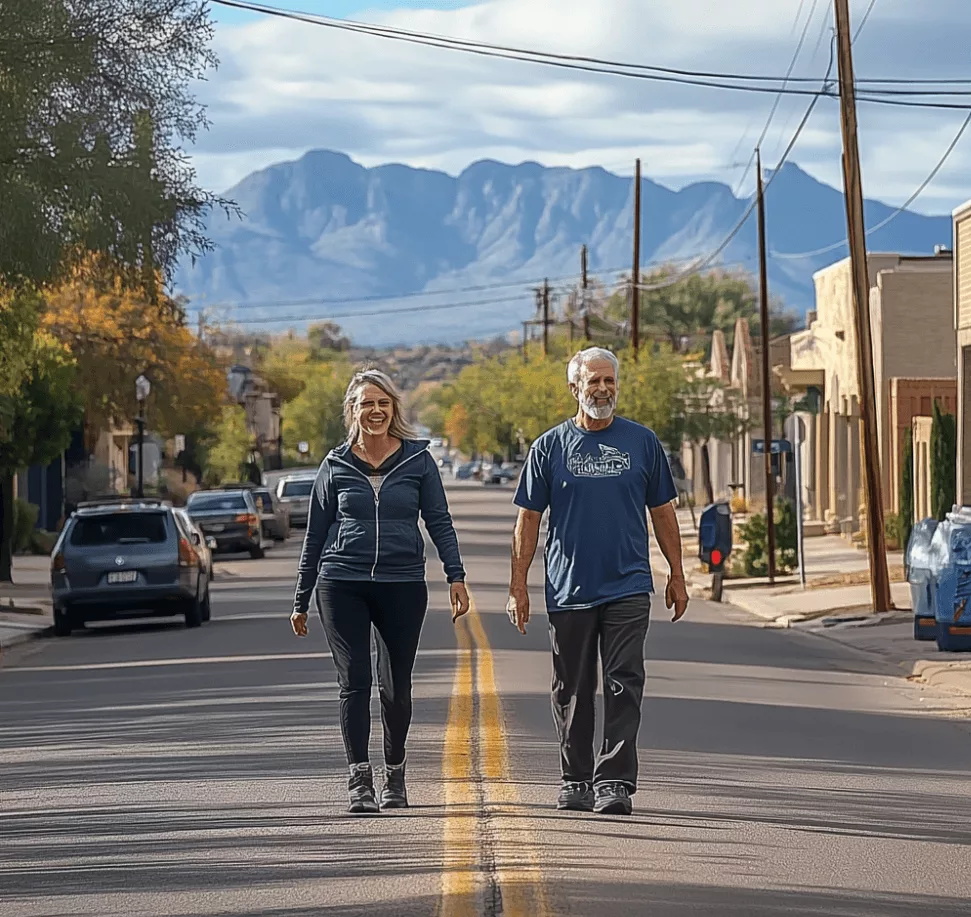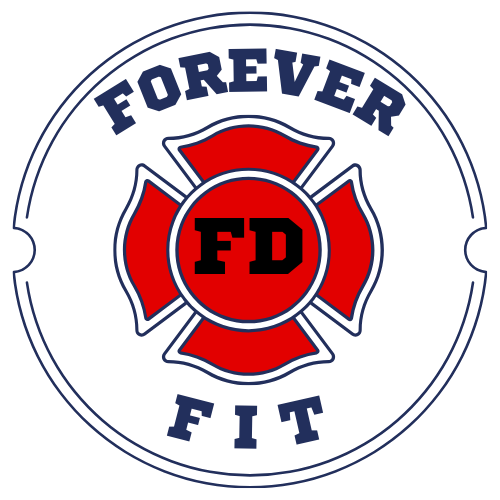In your 50s, the body starts to throw a few curveballs your way. Hormonal shifts are one of the biggies, with things like estrogen and testosterone changing gear. This can lead to added fat sticking around, especially around the belly, and it’s no walk in the park managing it.
Metabolism’s also got a mind of its own around this time, slowing down quite a bit. This makes it a bit tougher to keep that weight in check. No one likes it when the bathroom scale starts giving us attitude, right? Understanding your metabolism’s quirks can help you outsmart it.
Don’t underestimate what muscle loss can do. As we age, muscle mass tends to shrink, which isn’t just a bummer for strength and stamina, but it also impacts how effectively your body burns calories. Holding onto your muscle is crucial for maintaining a healthy body composition after 50.
All these changes mean traditional diet and exercise strategies might need a bit of tweaking to stay effective. Knowing what’s happening under the hood helps in tailoring a plan that’s not just smart but sustainable for the long haul.
The Blueprint of Healthy Weight Loss 50+
Attempting the same old weight loss tricks from your 20s likely won’t cut it now. The body’s needs change, and so do the methods to keep it in shape. Emphasizing nutrient density over calorie deficits is key. It’s less about eating like a bird and more about filling your plate with power-packed foods.

Exercise shouldn’t be about running marathons but finding what keeps you moving with joy. Tailor those workouts to boost strength and flexibility because it helps burn fat and keeps you spry. Even short, frequent walks or gentle yoga can make a big difference.
Focusing on realistic and sustainable health goals is a game-changer. Forget about setting targets that belong in a fairy tale. You’re going for lifestyles, not crash diets. It’s not a sprint but more of a steady climb.
Crafting a strategy that is specifically designed for healthy weight loss after 50 involves turning health-smart decisions into habits. Consider what your body truly needs, and go from there. You’ll find that it’s less daunting when you tackle it as long-term adaptability rather than overnight success.
Crafting a Lifestyle Conducive to Fat Loss
Aging doesn’t have to mean slowing down your lifestyle aspirations. Let’s talk about sleep and stress—two culprits stealing your weight loss thunder. Quality sleep is essential; it affects everything from metabolism to mood. Stress, on the other hand, can throw your hormones into chaos, making fat loss after 50 way harder than it needs to be.
Hydration shouldn’t be overlooked. Often, we confuse thirst with hunger. Keeping a water bottle handy can curb unnecessary snacking and keep metabolism ticking like a well-oiled machine.

Movement is more than just hitting the gym. Daily activity isn’t all about hitting the gym but maintaining mobility, whether through dancing, gardening, or simply doing chores. The idea is to stay active in whatever way feels right for you.
Lifestyle changes for fat loss 50+ should be gradual and manageable. Even very active people like retired firefighters need to adjust their lifestyles when burning fat over 50. They’re more marathon than sprint. Small, consistent adjustments often lead to big results. Creating a routine that fits into your lifestyle without turning it completely upside down is a win-win.
Incorporating Mindfulness and Well-being
Achieving fat loss after 50 goes beyond just physical changes—it’s about nurturing a mindset that supports your journey. Building a positive outlook on aging and weight management can help alleviate pressures and make the experience more enjoyable.
Mindfulness practices like meditation or gentle breathing exercises can play a significant part in maintaining focus and reducing stress, thereby supporting lifestyle changes. These little pockets of calm can make a difference.
Social and emotional challenges? They’re bound to pop up, especially when societal expectations weigh in. Navigating through them requires some grit and grace. Focus on your personal goals and appreciate the unique growth along the way.
It’s vital to acknowledge setbacks without letting them derail your progress. Celebrate those small victories—they’re the building blocks to bigger success. Embrace the journey with all its twists and turns, and you’ll develop a sense of resilience that transcends age.
Just because you’re 50+ doesn’t mean you can’t burn fat and achieve your fat loss goals. The fat loss fundamentals remain the same for all ages, and when we’re a bit more mature, we just need to make a few adjustments to our lifestyle changes for fat loss 50+.
Leave a comment with your thoughts on fat loss over 50, ok?

Steve, this is such a motivating read for those of us navigating health goals past 50! The section on muscle preservation really hit home—I hadn’t considered how much it impacts fat burning. Do you have any tips for someone just starting strength training after a long break? Also, the idea of prioritizing nutrient density over strict calorie counting makes so much sense. Are there specific foods or meal ideas you’d recommend for boosting metabolism and energy in a way that’s easy to stick with? Thanks for the insights!
Hey Florya! I’m so glad this post resonated with you—it’s great to see someone diving back into strength training after a break! You’re spot-on about muscle preservation; it’s a game-changer for staying strong, especially after 50, and it really amps up fat-burning potential.
For someone just starting back, I’d recommend easing in with compound movements like squats, rows, and presses, as they give you the most return by working multiple muscle groups. Think about aiming for a couple of days a week with lighter weights and focusing on form before adding more resistance. Have you tried anything like that, or do you have any favorite exercises?
As for nutrient-dense foods, prioritizing protein-rich options like Greek yogurt, lean meats, and legumes is key for muscle support and metabolism. Add in leafy greens and colorful veggies for lasting energy—they’re packed with micronutrients that help with recovery. A simple, go-to meal might be a stir-fry with chicken or tofu, lots of veggies, and a bit of quinoa. It’s fast, filling, and you can mix up the flavors to keep it interesting!
If you’d like more meal ideas that fit easily into a busy lifestyle, I’d be happy to share a few. And keep me posted on how your return to strength training goes—it’s inspiring to see that commitment to health!